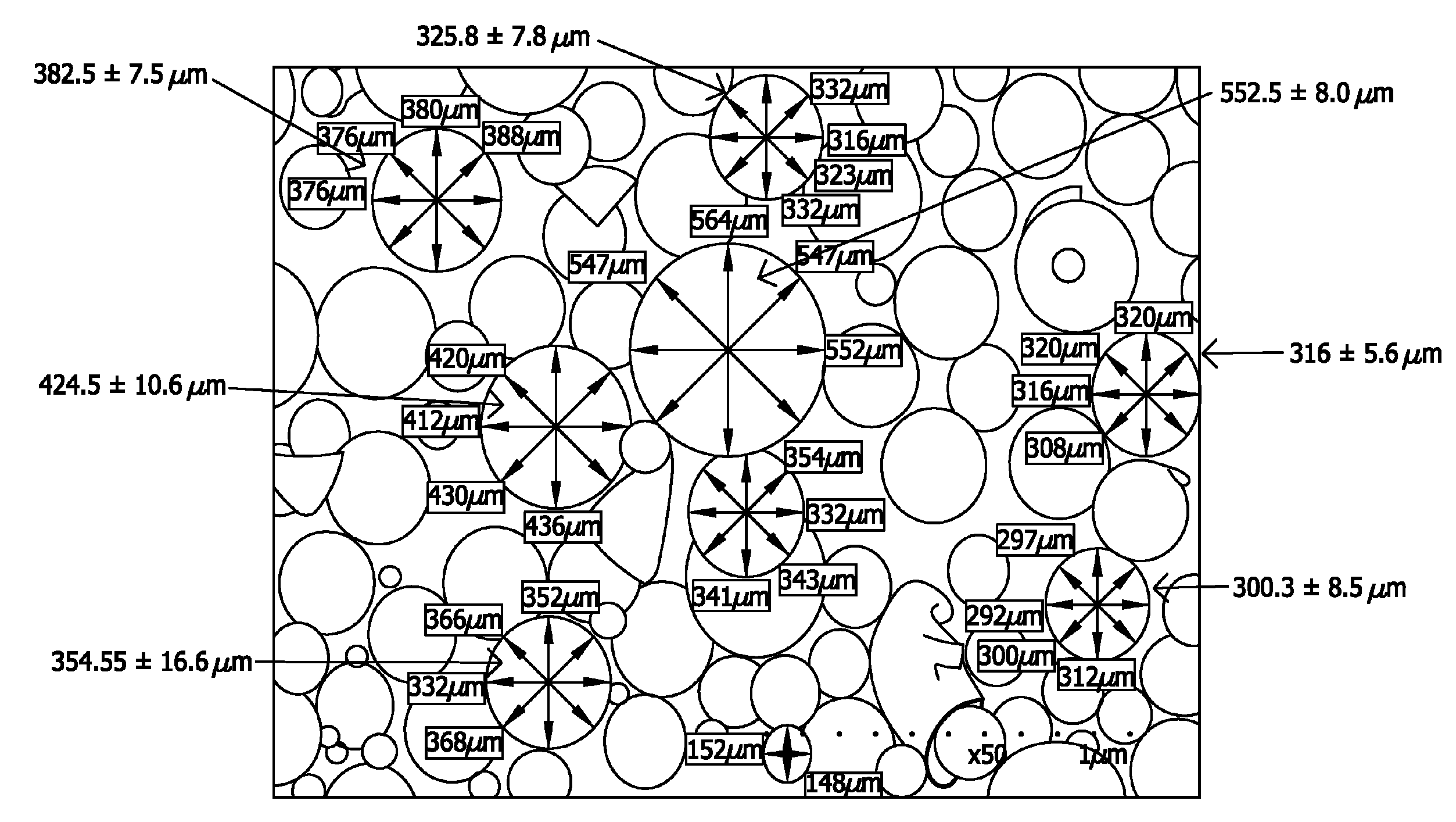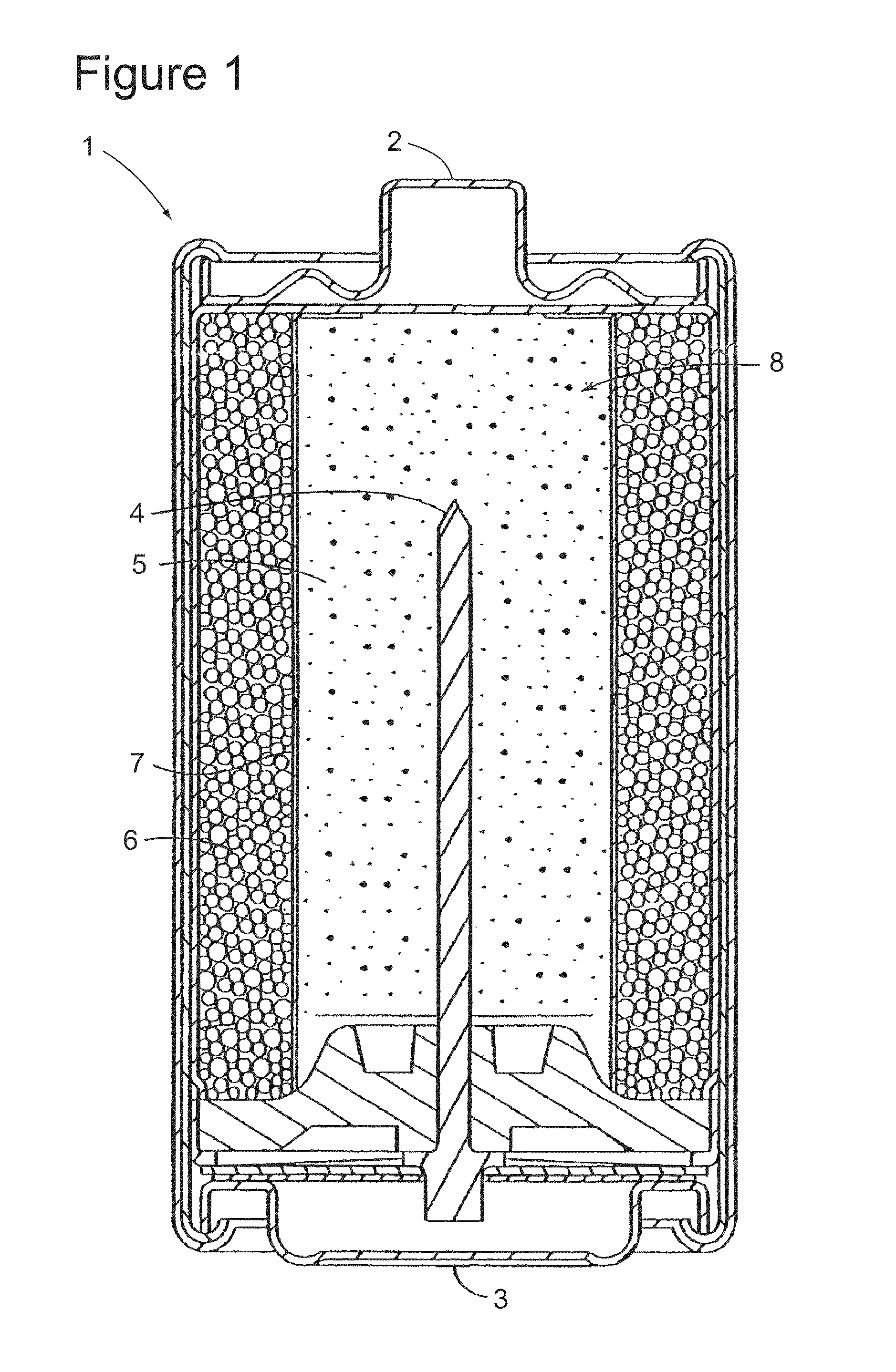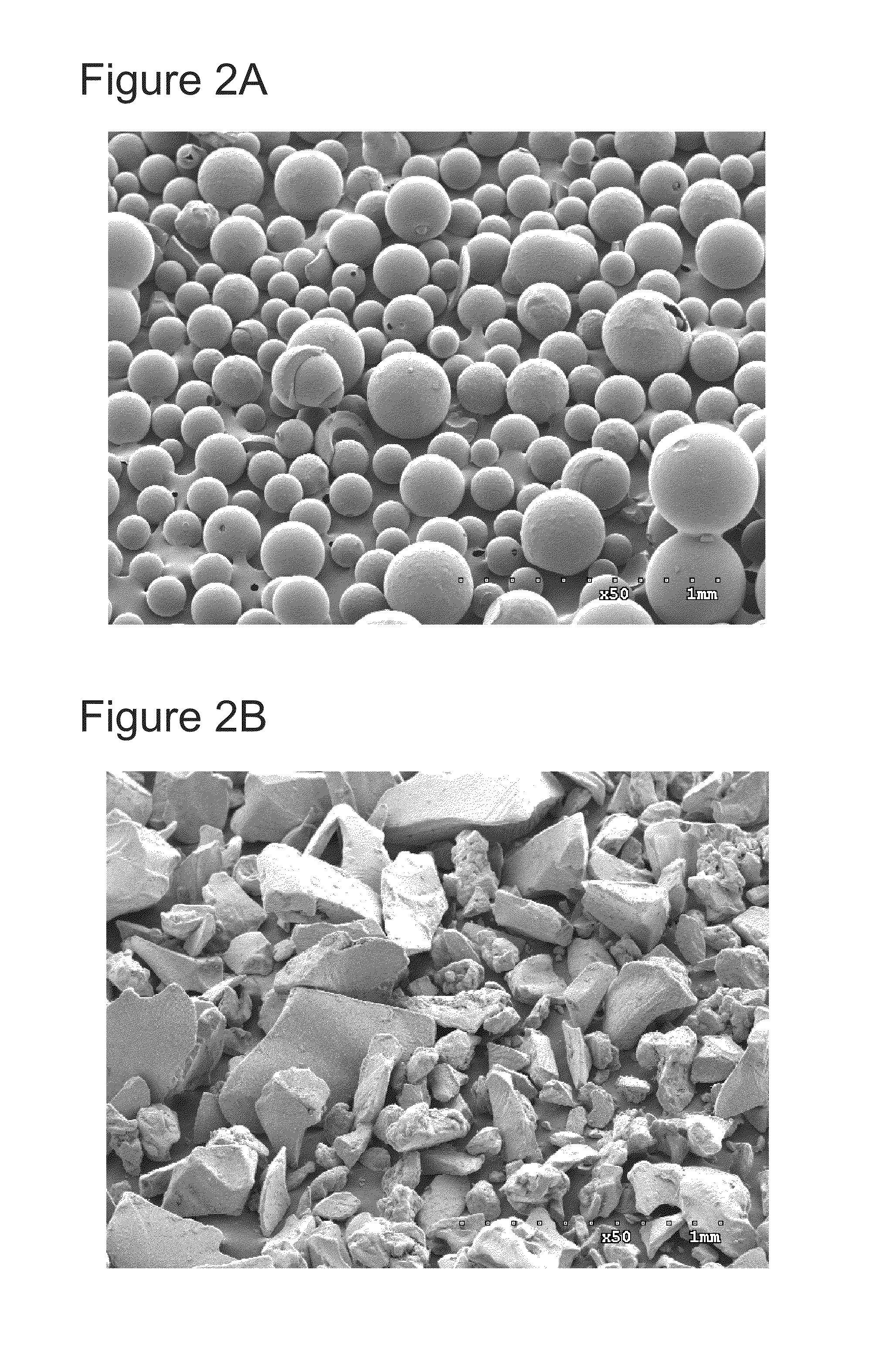Alkaline cell with additive for improved discharge performance
a technology of additives and alkaline electrochemical cells, which is applied in the direction of cell components, cell component details, electrochemical generators, etc., can solve the problems of inaccessibility to zinc, adversely affecting the contact of zinc particles with zinc particles, and incomplete discharge at these sites
- Summary
- Abstract
- Description
- Claims
- Application Information
AI Technical Summary
Benefits of technology
Problems solved by technology
Method used
Image
Examples
example 1
Alkaline Electrochemical Cell Performance Data
[0056]In this example, electrochemical cells in accordance with the present disclosure were compared to control cells. The electrochemical cells comprised a gelled anode comprising a superabsorbent material in accordance with the present disclosure (i.e., Flocare® GB300). The superabsorbent material was present in an amount of about 0.085% (by weight of the anode gel). The gelled anode further comprised about 31.17% (by weight of the anode gel) of a KOH—ZnO solution comprising about 28% KOH (by weight of the solution) and about 2% ZnO (by weight of the solution). The gelled anode further comprised about 0.61% (by weight of the anode gel) of a cross-linked polyacrylic acid gellant (i.e., Flogel® 800). The gelled anode also comprised about 0.024% (by weight of the anode gel) of a 10% aqueous solution of phosphate ester organic inhibitor (RM-510), about 0.01% (by weight of the anode gel) of an inorganic inhibitor (indium hydroxide) and abou...
example 2
Alkaline Electrochemical Cell Performance Data
[0060]The superabsorbent materials in accordance with the present disclosure were also tested with a cathode material at suppressed levels of a high rate premium EMD material by 25% relative to Example 1. That is, the cathode material in the cells of Example 2 comprises about 50% of a premium EMD material and about 50% of a standard EMD material. All other anode components and respective compositions were the same as those cells described in Example 1. That is, the control cells had a Salsorb® CL15 superabsorbent material and the test cells in accordance with the present disclosure had a Flocare® GB300 superabsorbent material and the rest of the anode composition was the same for both the test cells and the control cells.
[0061]As shown in TABLE 4, the superabsorbent material of the present disclosure improved the overall performance of the cell compared to the control. In particular, with regard to the use of digital cameras and photos, ...
PUM
| Property | Measurement | Unit |
|---|---|---|
| particle size | aaaaa | aaaaa |
| particle size | aaaaa | aaaaa |
| particle size | aaaaa | aaaaa |
Abstract
Description
Claims
Application Information
 Login to View More
Login to View More - R&D
- Intellectual Property
- Life Sciences
- Materials
- Tech Scout
- Unparalleled Data Quality
- Higher Quality Content
- 60% Fewer Hallucinations
Browse by: Latest US Patents, China's latest patents, Technical Efficacy Thesaurus, Application Domain, Technology Topic, Popular Technical Reports.
© 2025 PatSnap. All rights reserved.Legal|Privacy policy|Modern Slavery Act Transparency Statement|Sitemap|About US| Contact US: help@patsnap.com



